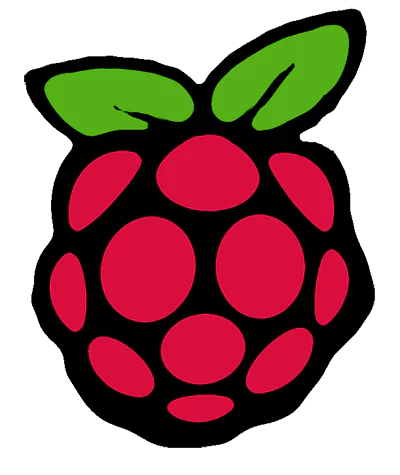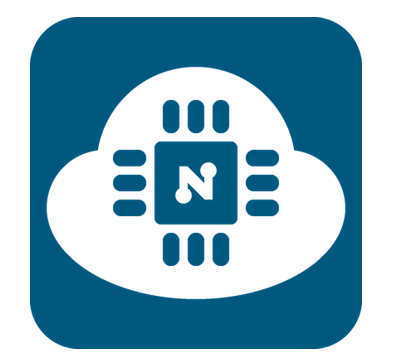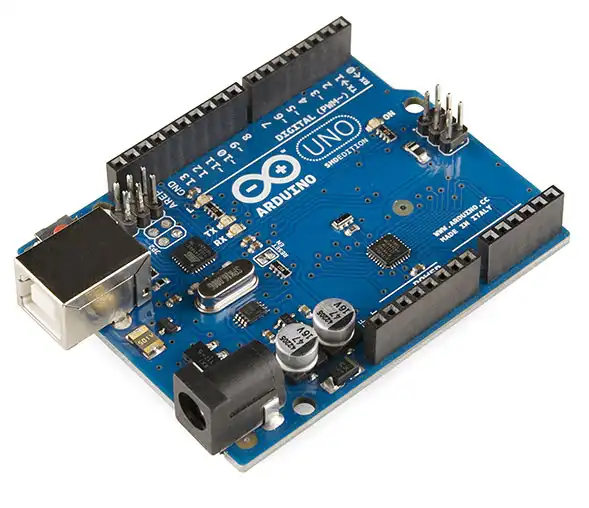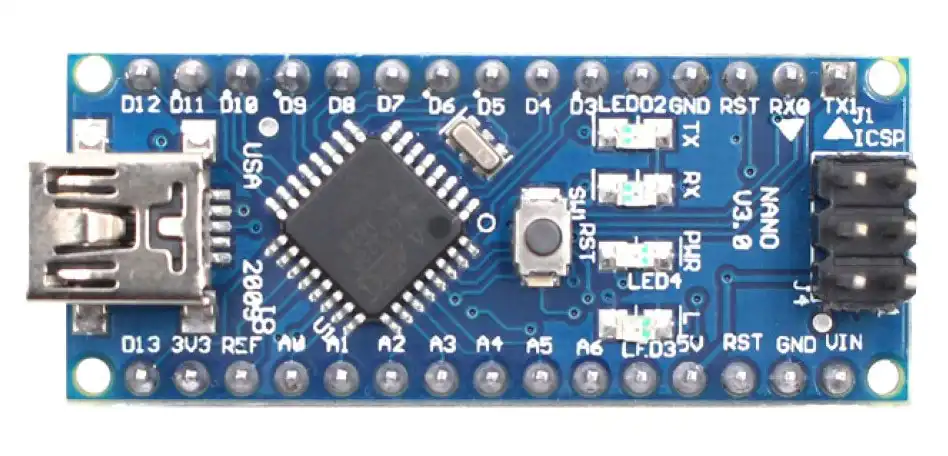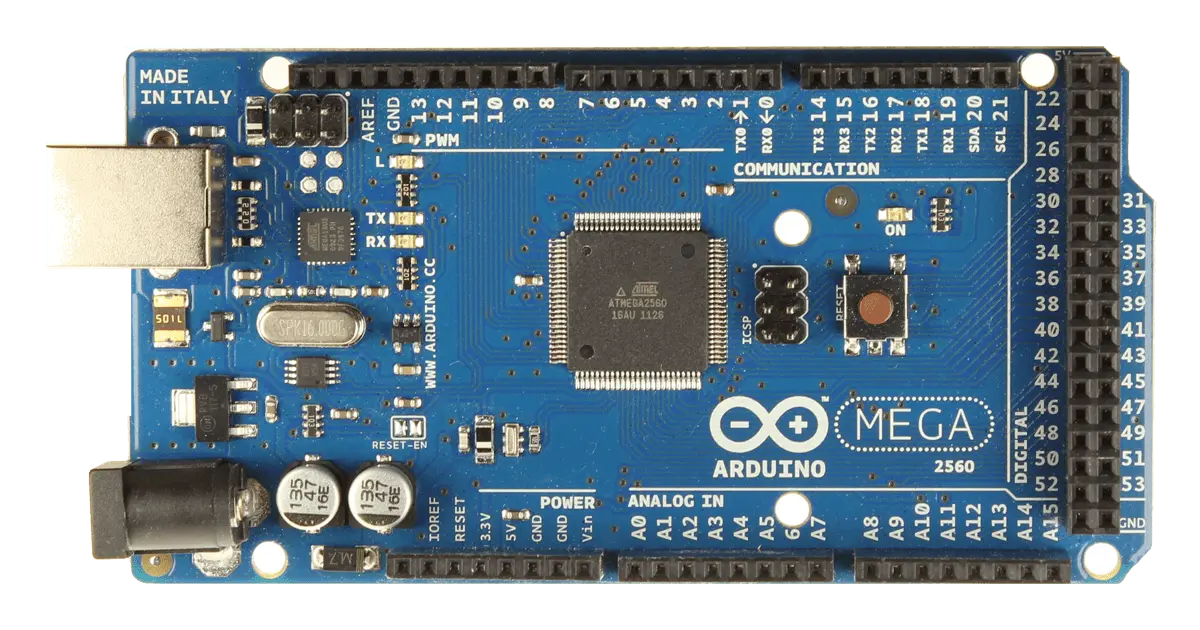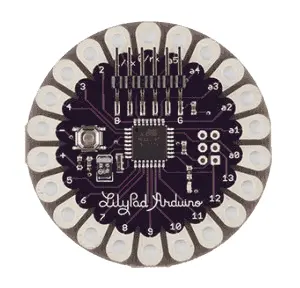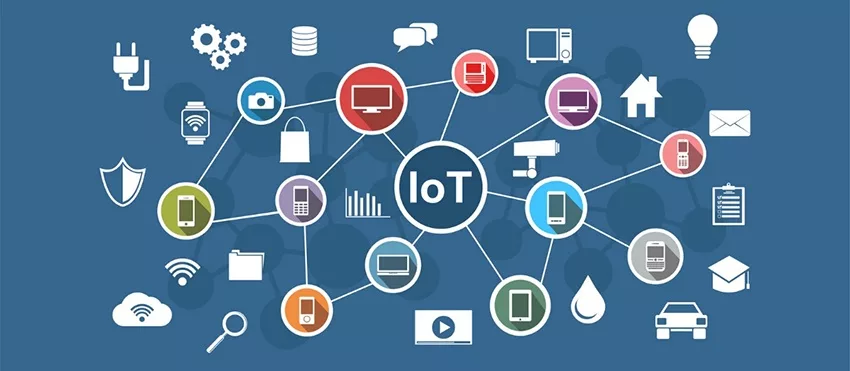
The Internet of Things has emerged as a transformative force in the digital era, connecting devices, systems, and people like never before. IoT devices have permeated various industries, enabling new possibilities and driving efficiency, convenience, and innovation.
IoT Devices are programmable boards and nonstandard computing devices that have the ability to transmit data over the network.
They have a unique identity and are referred to as “things” in IoT. Devices can perform identification, remote sensing, actuating and monitoring.
They can exchange data between them and process data or send them to a centralized location for processing and storage.
They provide an interface to various wired and wireless devices. The interface includes memory interface, I/O interface for sensors, Internet connectivity interface, storage interface, etc.
Devices such as Arduino, Raspberry Pi, NodeMCU, Zigbee, etc.
Understanding IoT Devices
- Definition: IoT devices are physical objects embedded with sensors, software, and connectivity capabilities that allow them to collect and exchange data over the internet.
- Key Components: The essential components of this devices are sensors, actuators, connectivity modules, and microcontrollers.
- Communication Protocols: Communication protocols such as Wi-Fi, Bluetooth, Zigbee, and LoRaWAN are used to communicate between devices.
Applications of IoT Devices
- Smart Home: This devices have revolutionized home automation, allowing users to control lights, appliances, security systems, and more remotely.
- Industrial IoT (IIoT): IoT devices are transforming industries by enabling real-time monitoring, predictive maintenance, and improved operational efficiency.
- Healthcare: In healthcare, including remote patient monitoring, smart medical devices, and enhanced healthcare delivery systems.
- Agriculture: IoT devices are empowering precision agriculture, optimizing irrigation, monitoring crop health, and improving overall farm management.
- Smart Cities: This devices play a crucial role in managing traffic, reducing energy consumption, and enhancing public safety.
Future Trends and Possibilities
- Edge Computing: The rise of edge computing in IoT, enabling faster data processing, reduced latency, and enhanced privacy.
- Artificial Intelligence (AI) Integration: The AI algorithms analyze vast amounts of IoT data to derive meaningful insights and enable intelligent decision-making.
- 5G Networks: The deployment of 5G networks will revolutionize Internet of Things, providing ultra-low latency, high-speed connectivity, and the ability to connect a massive number of devices simultaneously.
